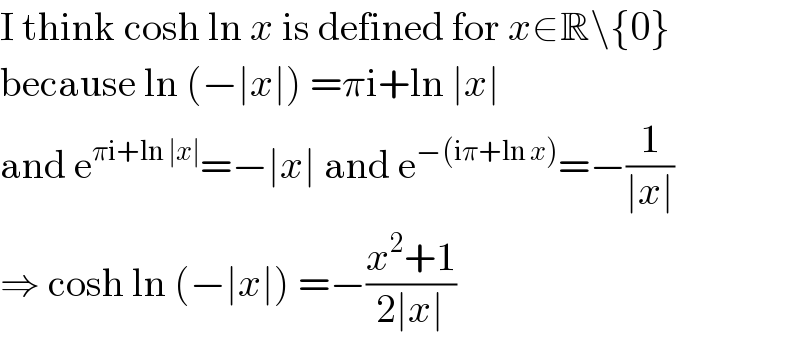Question Number 100370 by Rio Michael last updated on 26/Jun/20
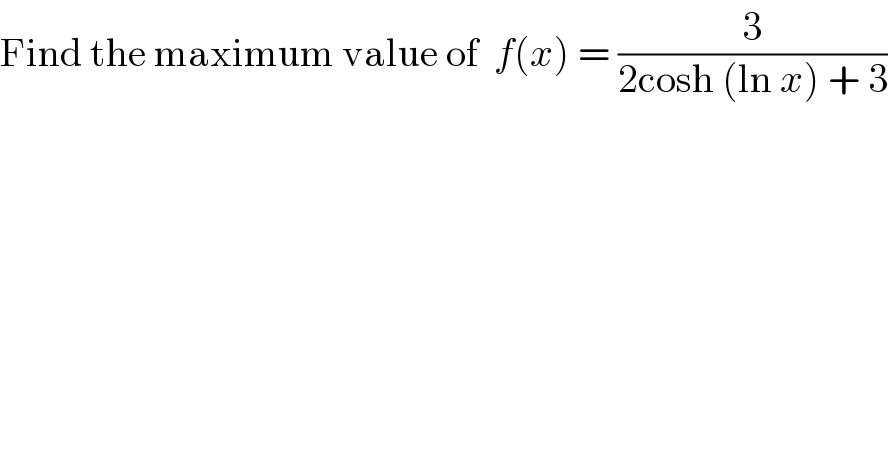
Commented by bemath last updated on 26/Jun/20

Commented by mr W last updated on 26/Jun/20

Answered by MJS last updated on 26/Jun/20
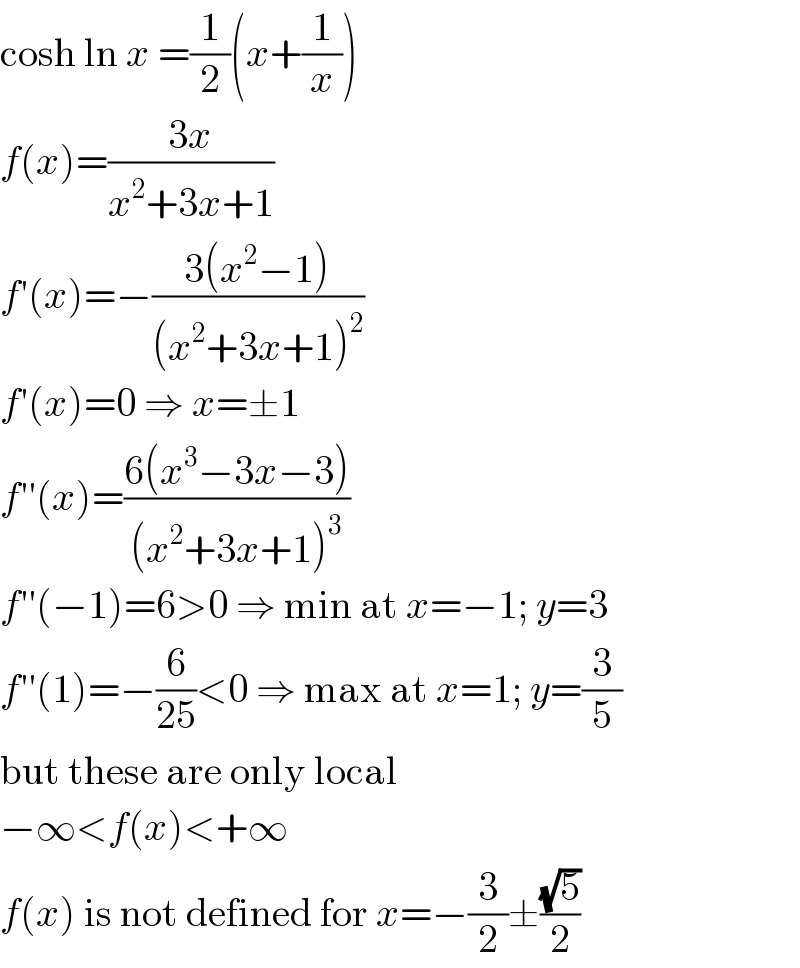
Commented by bemath last updated on 26/Jun/20

Commented by MJS last updated on 26/Jun/20
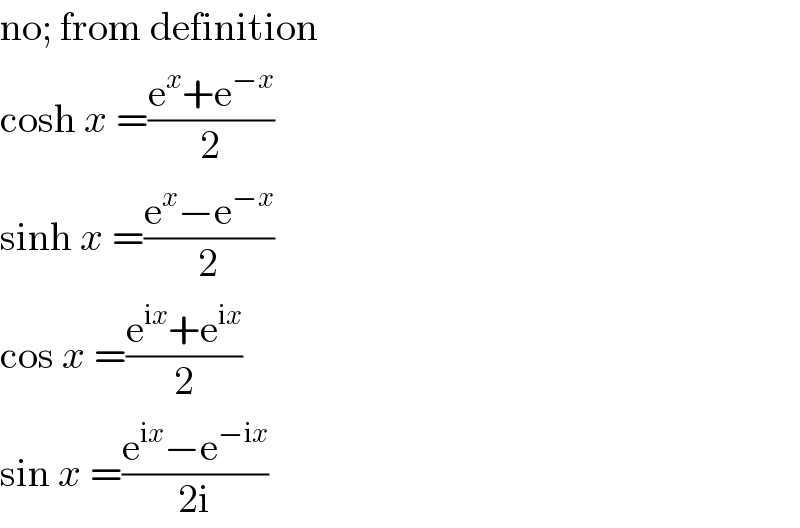
Commented by bemath last updated on 26/Jun/20

Commented by Rio Michael last updated on 26/Jun/20

Commented by mr W last updated on 26/Jun/20
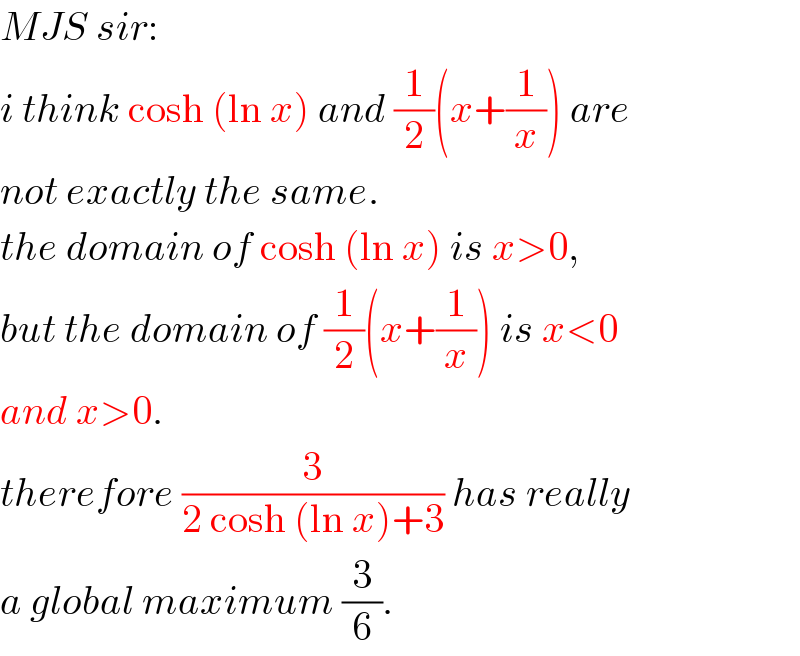
Commented by MJS last updated on 26/Jun/20
